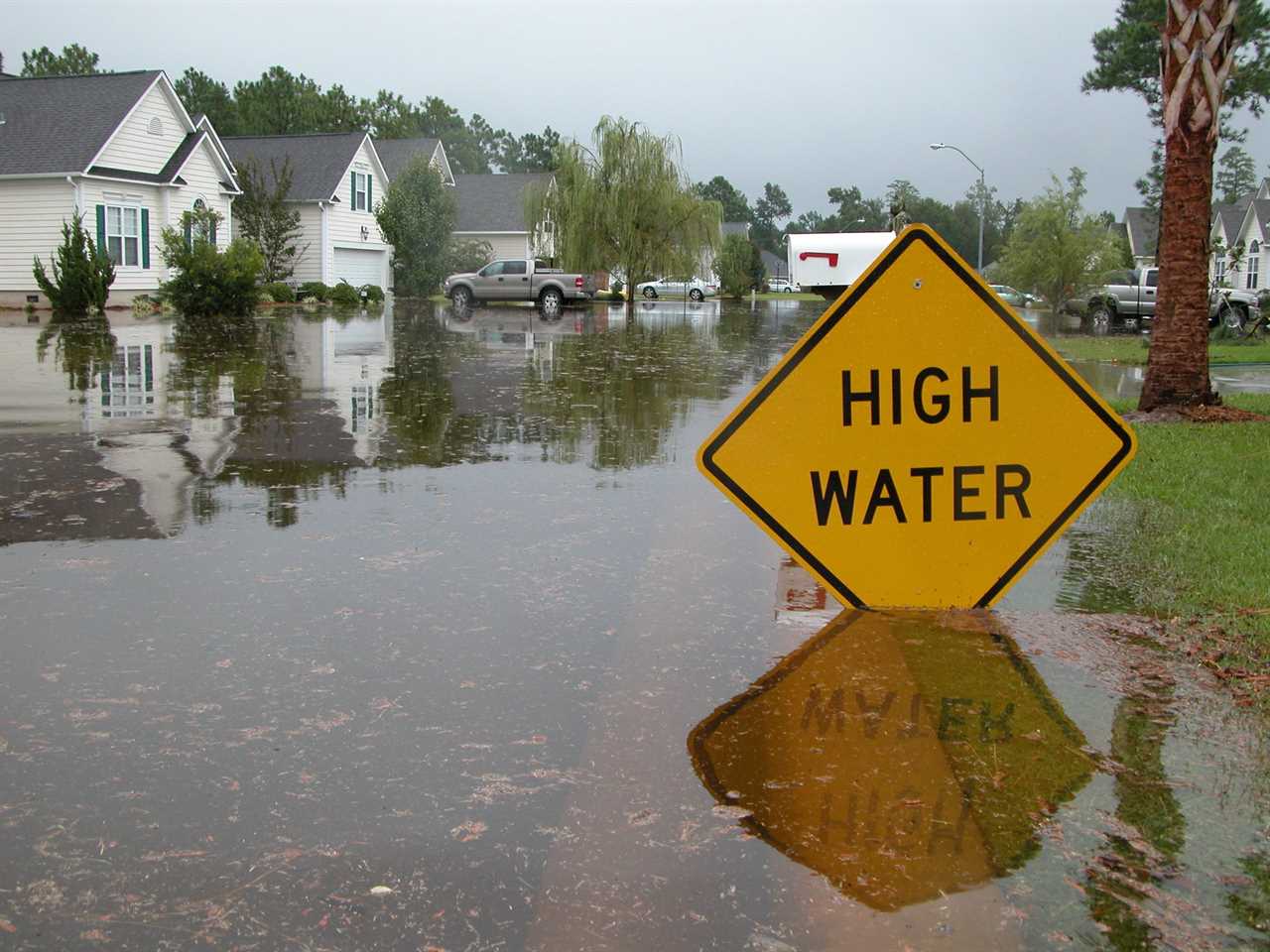
CHKnox/Getty Images
- More US insurers are rethinking coverage in certain disaster-prone regions.
- The cost to insure homes in areas like hurricane-prone Florida has nearly quadrupled since 2019.
- Some Americans are moving to areas they deem more climate safe like Kansas and upstate New York.
The insurance industry is feeling the heat of increasing costs related to natural disasters and the repercussions are trickling down to homeowners.
It's getting harder to find insurance in regions prone to hurricanes and wildfires, which is forcing homeowners to make risky decisions and causing some owners to lose their property altogether, Insider previously reported.
This month, a handful of the largest US property insurers specifically pointed to "extreme weather" caused by a "changing climate" prompting their change in coverage, according to The Washington Post.
"The same risks that are making insurance more important are making it harder to get," Carolyn Kousky of the Environmental Defense Fund told the Post.
The Post reported that major insurance companies including Allstate, Berkshire Hathaway, American Family, and Nationwide have scaled back exposure in response to increasing costs, according to a 15-state survey by a group of state officials called the National Association of Insurance Commissioners. The companies did not respond to Insider's request for comment.
Some of the companies no longer wrote coverage in endangered areas, while others are raising deductibles and premiums, according to the Post.
Erie Insurance Group, which the Washington Post also named as one of five major insurers changing its offerings, told Insider it did not make changes to its coverages based on climate.
Earlier this year, Allstate joined State Farm in no longer offering new home insurance in California over climate risk. Vox reported that other states like Louisiana and Florida have also seen insurers decline coverage due to mounting catastrophic losses, and Farmers Insurance told regulators that it intends to end its policies in Florida.
"We're steadily marching toward an uninsurable future, not just in California but throughout the United States," Dave Jones, who served as California's insurance commissioner from 2011 until 2018, told Vox.
As it gets more expensive to protect homes in the path of extreme weather, insurers are forced to draw back their risk concentration, which leads to changes in coverage. If insurers priced their policies in line with growing risks, they'll soon be too expensive for all but the wealthiest people, leaving the most vulnerable with no protection, Vox said.
In Florida alone, home insurance premiums tripled in five years, from nearly $2,000 in 2019 to $6,000 today, according to Insurance Information Institute data reported by the Wall Street Journal.
In Cape Coral, on Florida's west coast, flood insurance more than doubled, from nearly $1,800 to $4,800, according to federal data cited by the Journal.
Americans react differently to the increasing costs and risks
For some Americans, the changing insurance market is background noise.
More than 670,000 people moved to Florida last year, and Cape Coral, site of rising flood insurance premiums, gained a net of 60,000 people in the last two years, according to Redfin data cited by the Journal.
For others, the new reality has arrived on their doorstep. Across the country, 83% of prospective homebuyers said climate risk factored into where they are shopping for homes, according to a recent Zillow study.
Danny Collins of Hobe Sound, Florida, told Insider in July how the bank holding his mortgage raised his monthly rate by $1,000, citing increased flood insurance. Collins only found out the change through the mail.
In the Florida Keys, Bob Stephens told Insider this summer he's struggling to find insurance for his Marathon home, as even state-backed options have pulled back coverage.
For Stephens, a grim future for the Keys has set in. "It's like being on the Titanic," he said.
Some homeowners have picked up and moved thousands of miles because of climate concerns. Martha Flanagan bought a $70,000 home in eastern Kansas to escape droughts in Arizona.
There is no unilateral guidance on what locations are deemed climate safe. It largely comes down to personal research and what kinds of sacrifices homeowners are willing to make.
Architect Jason Beury moved from waterfront Brooklyn, New York, to the higher elevation of Kansas City, Kansas.
Married couple Charles Matheus and Kelly Roberge moved from the searing-hot Arizona desert to the more temperate climate of Utica, New York.
"The locals always ask us, 'Why did you move here? Have you seen the winters?'" Matheus told Insider. "And we tell them, 'You know, the West is on fire.'"
Are you a US homeowner facing difficulty finding proper insurance? Have you moved or are you considering a move because of climate risk and extreme weather events? Contact reporter Dan Latu at [email protected] to share your story.
Read More
By: [email protected] (Dan Latu)
Title: The vicious cycle of homeowners insurance: It's increasingly expensive to protect homes in the disaster-prone areas that need it most
Sourced From: www.businessinsider.com/homeowners-insurance-screwing-americans-over-vicious-cycle-2023-9
Published Date: Wed, 20 Sep 2023 09:59:01 +0000
.png)





